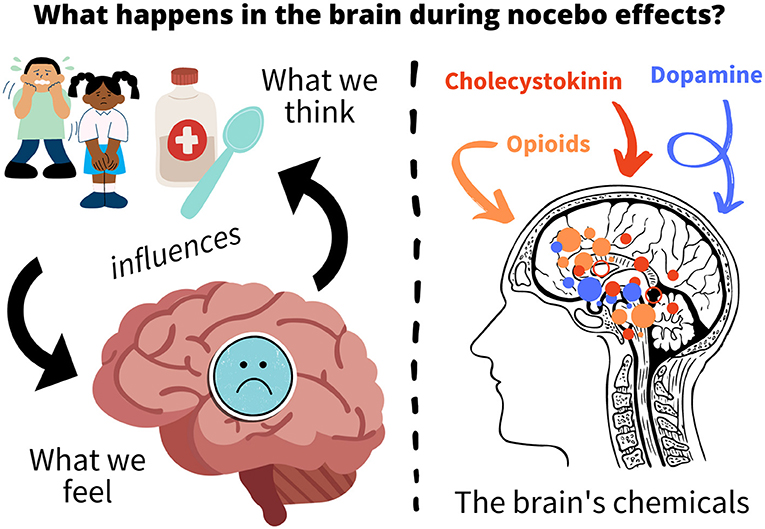
Have you ever seen the video (click to view)where you hear exactly what you read, whether it be “green needle” or “brainstorm?” It’s fascinating and a powerful reminder of how complex our brains function.
The study of neuroplasticity is new and advancing every day. 20 years ago, it was unheard of for a scientist or doctor to explain that you can manipulate your brain with your mind. New synaptic connections are created in the brain each time you learn something new or engage in a novel experience.
I’ve had health concerns for as long as I can remember and doctors tend to throw out enough diagnosis to fill up an entire blog. They all offer legit treatment plans; however, they only seem to be effective for a few weeks. I’ve recently been challenged to determine if my mind could be caught in a fight-flight-freeze cycle due to amygdala threats to my brain. Doctors call it a limbic system impairment. The origins could be due to physical, mental, or emotional trauma.
Dr. Caroline Leaf wrote a book called “Switching on the Brain.” She states, “The switch on your brain is the key to optimal health and well-being. It may seem like a simple process, but it’s not easy to do. You have to replace negative thoughts with positive ones and repeat them over and over again until they become ingrained in your unconscious mind.”
Annie Harper, from DNRS training, taught me much of what I’m about to share. She had Multiple Sensitivity Syndrome so severe, that she needed to live in a tent to avoid any exposure. After studying neuroplasticity, she was able to heal herself and now dedicates much of her time to helping others.
Any time my mind feels threatened internally by a virus or bacteria, it can activate this loop. I’ve even noticed it after feeling stressed and overwhelmed. I was able to prove this by going through each step offered in DNRS training and feeling relief from my exhaustion, headaches, GI upset, joint pain, muscle aches, brain fog, and even anxiety/ depression.

Having realized the truth behind this, we need to be cautious by what mindset we allow to spin in our minds. I has gone to years of counseling, completed lots of bible studies, and even taken prescriptions to help get my thoughts into a more manageable state. I still experience challenges, but will forever be an advocate for all loved ones to experiment with this approach.
The largest struggle is that most of this activity takes place in the unconscious part of our brains, which has a self-protective mechanism that immediately reacts to these stimuli responses. Because neurons that fire together, wire together, we need to change our feelings and behaviors to reflect new associations. We must stop operating from a belief system that we’ve held onto in the past, which is likely cross-wired.
People often call things placebo like it’s offensive. It’s reliable and it’s a valuable tool. Ask any doctor how many patients experience improvement without logic. Herbert Benson from Harvard Medical School states, “Surgeons are wary of people who are convinced that they will die. There are examples of studies done on people undergoing surgery who almost want to die to re-contact a loved one. Close to 100% of people under those circumstances die.”
The Nocebo Effect: The Placebo’s “Evil Twin”

The key is to strengthen your executive function by interrupting your well-established pathways. The cycle will become more sensitive each round. Your initial trauma activates an inflammatory response in the body and impairs your limbic system. This sends signals to your adrenals to release stress hormones, which activates your amygdala, followed by the fight or flight response and HPA Axis. The hypothalamus regulates and the hippocampus remembers this vicious cycle. The body can also become addicted to the stress hormones and send signals to the brain to release more.
Only 10% of our brain is conscious. The limbic system is part of the subconscious, making it an emotionless database of our stimulus-response program. The repetition of complex behaviors becomes unconscious very quickly and no longer requires thinking or effort. Consider the first time you learned a new skill. We need to be more diligent in order to bring awareness of unconscious behaviors, because we know the symptoms that frequently occur soon after stressful occurrences. Sometimes, the brain even misfires due to what it perceives as dangerous. For example, certain smells may give someone a headache. You can feel muscle tension after speaking with specific people because your body is subconsciously tense.

Notice that fear and trauma create new synapses. Likewise, when you engage in positive emotions by focusing on joyful memories and thoughts, you will construct novel synapses. Charge your thoughts with emotion and they’ll last longer. How well are you able to recall memories that were emotionless?

Now, we can celebrate that neurons that no longer fire together, no longer wire together. Your previously vulnerable limbic system that responded to these unconscious stress responses is now aware and ready to reroute these thoughts.
There are several brain training activities I will attach, but learning anything new will help you create new pathways. Exercising promotes new synapses, along with staying hydrated, eating organic meats that support the brain, 8-10 organic fruits and vegetables a day, limited caffeine, avoiding MSG/ artificial sugars, and adding healthy fats to your diet.
The steps seem silly, but the program explains that this unconscious portion of your brain has the age and mindset of a toddler.
- Stuck is bringing awareness to your symptoms and interrupting the signal for the brain (intellectual, emotional, and behavioral)
“STOP! STOP! STOP!”
- Aware of symptoms that are a result of limbic system disorder and relabel these.
“My brain is stuck in a rut and is sending false messages to my body!”
- Past is recognizing that past mechanisms don’t work
“Stress in the past would cause exhaustion, headaches, and pain. This would result in helplessness and inactivity.” - Choice is to establish the fact that we possess the power to rewire our limbic system.
“I now know that these symptoms are a result of limbic system cross-wiring and I choose to rewire my brain.” - Higher Self is the compassionate, wiser self who supports you and your choice to move forward
“Congrats, Jackie! Limbic System, thank you for trying to protect me in the best way you knew how.You’ve been very busy and deserve a break!” - Back to Choice is declaring a positive state in the present tense.
“I’m really healthy and well!” - Memory redirects your brain pattern through positive associations and anchoring them to positive memories.
“Right now I’m feeling overjoyed (use all five senses to describe these thoughts).” - Future visualizes what your life with your newfound state of wellness will be like, using present tense.
“I am healthy and healed! I am (describe your new lifestyle with as many details and senses as possible). - Higher Self is to congratulate yourself for successfully completing this program.
“I’m so proud of you, Jackie!”
NEUROFEEDBACK BRAIN TRAINING

My sympathetic system showed my brain was stuck in fight or flight… as I was sitting there feeling normal and fine!!!! My parasympathetic (rest and restore) was at like 6% active. She also said my jaw was tight and showed me how once I relaxed it, it went down. Also, my breathing was super fast, even when I was trying to slow it down.
After 32 sessions of HRV breathing and hooking up EEG electrode wires to my skull, I can confidently say I’m no longer stuck in fight or flight.
Mindfulness training was an incredible way to start this journey, but I needed more invasive therapy. Neurofeedback used the power of technology to teach my brain what mindfulness was designed to do.

